In Japan, discussions continue and concerns grow as authorities prepare for the Fukushima water release into the Pacific Ocean
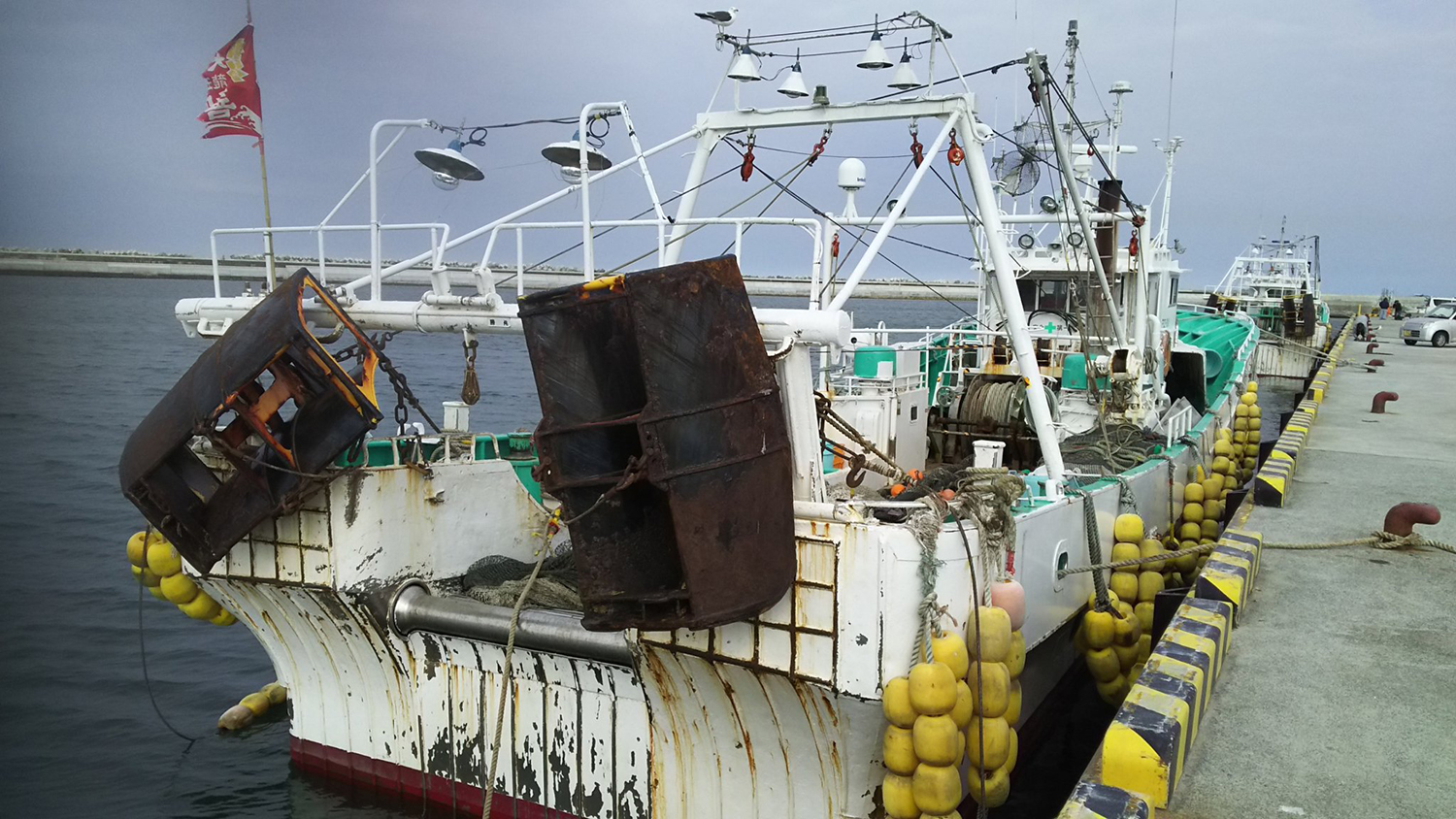
On March 11, 2011, the strongest earthquake on record in Japan generated a tsunami that killed more than 18,000 people in the northeast region of Tohoku. It also destroyed the cooling systems at the Fukushima Daiichi Nuclear Power Plant, leading to a meltdown in three of the reactors.
Twelve years on, the Fukushima disaster continues to hit the headlines with the upcoming release of 1.3 million tons of water from the plant. Currently stored in tanks across the complex, space is running out, and Japan’s nuclear regulator and the International Atomic Energy Agency (IAEA) say that the release is safe. Meanwhile, the Japanese government and Tokyo Electric Power Company (TEPCO) state that health and environmental impacts will be negligible as radioactivity levels are low.
But critics are concerned that the risks haven’t been studied enough, and the decision to release the water has drawn broad opposition.
Since the disaster, crews have been pumping water through the wrecked reactors to cool the nuclear fuel, much of which melted. This cooling water picks up radionuclides, but some will remain, leading to heightened concerns.
But Nigel Marks, associate professor of physics at Curtin University in Perth, Australia, told the Advocate that the planned Fukushima water release is reasonable and safe.
“Japan has developed a technology called ALPS, or Advanced Liquid Processing System, which removes the vast majority of radioactive elements in the water,” Marks said. “It pulls dissolved ions out of a solution and the process repeats until concentrations are below regulatory limits. But for technical reasons, tritium, a naturally occurring radioactive form of hydrogen, and another element, carbon-14, are difficult to remove. This means that the vast majority of radioactivity in Fukushima’s water following ALPS treatment will be tritium and carbon-14.”
Despite being a common radioactive element in the environment, the radioactivity level of tritium is extremely low, said Marks. It also makes a tiny contribution to the total radioactivity of the oceans (most comes from rubidium and potassium). Meanwhile, there is already a relatively large amount of carbon-14 in the environment and in humans, Marks continued.
“The Pacific already contains about 8,400 grams of tritium, while the total amount at Fukushima is less than 3 grams,” said Marks. “The Japanese authorities are planning to release the water over a period of around 40 years. Each year, about 0.06 grams of tritium will be released. This is tiny compared to what is already in the Pacific.”
It’s the same story for carbon-14. According to Marks, there is around 1 gram at Fukushima, compared to 18 million grams in the Pacific. Carbon-14 is found in all living things and is used in radiocarbon dating.
“It’s already in the ocean, and the authorities are just going to add the tiniest fraction when the water is released,” said Marks. “The question of safety boils down to how the radioactivity in the water compares to everyday life. For example, when we swim in the ocean, we are exposed to radioactivity from potassium and other elements, but the effect is minuscule.”
Nevertheless, concerns about the impacts on fish and seafood consumption have been expressed over the upcoming Fukushima water release. Robert Richmond of the University of Hawaii at Mānoa said that it will be irreversible with severe implications.
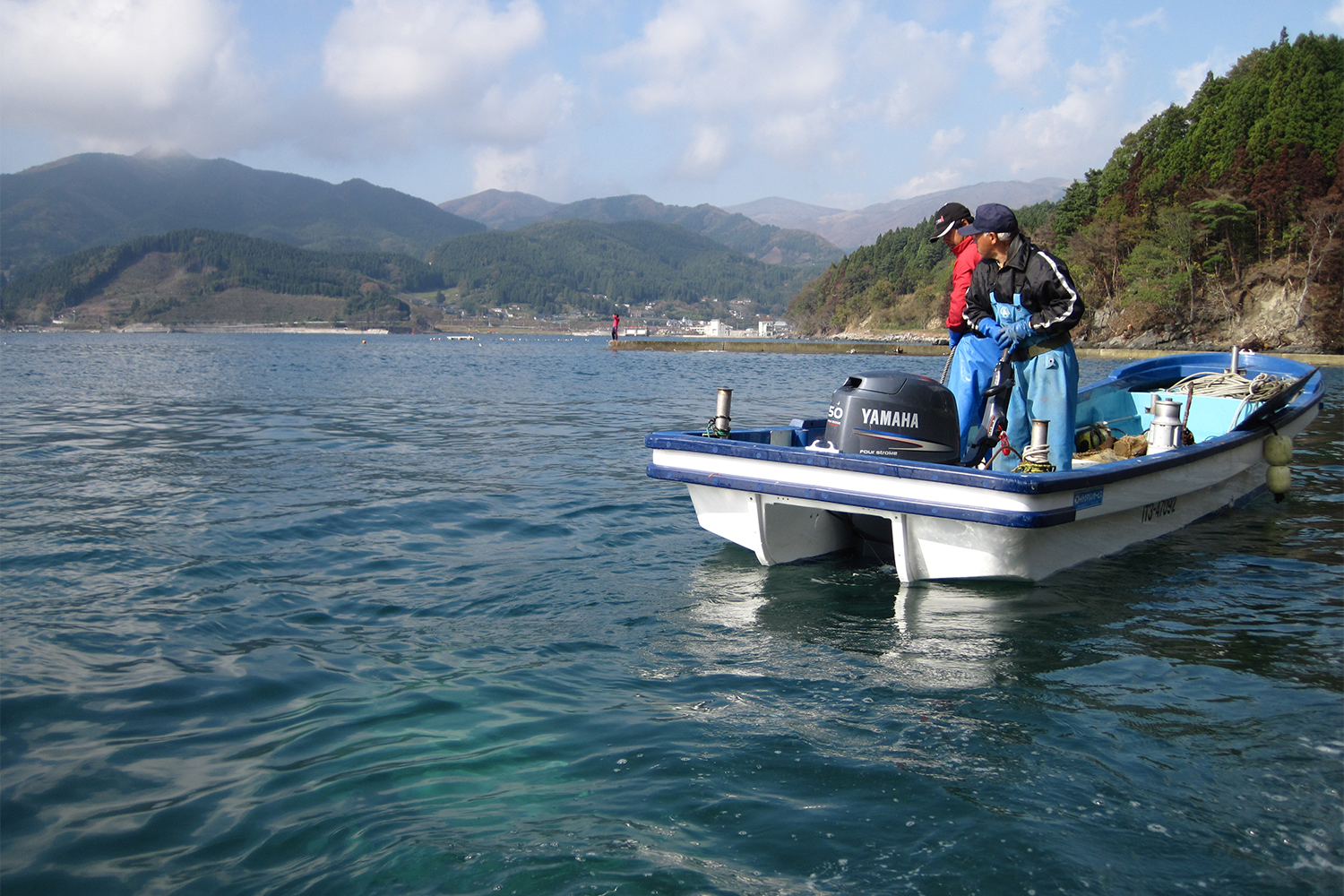
“The belief that our oceans can receive limitless quantities of pollutants without any detrimental effects is demonstrably false,” he said. “For example, tuna have been found to transport radionuclides from Fukushima to California, while phytoplankton can capture and accumulate radioactive elements found in the Fukushima cooling water, including tritium and carbon-14. When phytoplankton is eaten, the contaminants would stay in the cells of organisms, accumulating in invertebrates, fish, marine mammals and humans. Marine sediments can also be a repository for radionuclides and provide a means of transfer to bottom-feeding organisms.”
By far the strongest opposition to the release plan comes from the Fukushima fishing community. To sell its products in shops and restaurants, fishery cooperatives and governors have had to not only understand the science but also reassure the public that seafood from Fukushima is safe. Now there are fears that this hard work could become undone.
“Even if fisheries in Fukushima ship their products to markets, there is still a huge concern over whether consumers will purchase them,” said Hiroki Wakamatsu, formerly of the Japan Fisheries Research and Education Agency in Yokohama, Japan and now based at the Policy Research Institute at the Ministry of Agriculture, Forestry and Fisheries. “If consumer preference for Fukushima seafood is impaired, the products would not be competitive in the market, forcing fishermen out of business just when they have reopened their fisheries.”
While attempts to offer reassurance continue, Fukushima has embarked on various PR offensives. At Matsukawaura, 50 km (31 miles) north of the nuclear plant, fishermen are catching tiger blowfish, a variety of fugu, and marketing it as “fukutora” or lucky tiger. With tiger blowfish catches more abundant in the region, perhaps due to higher water temperatures, the aim is to draw consumers’ attention through new species. Meanwhile in Iwaki city, noodle broth is being made from fish caught off the Fukushima coast. Work is also underway to use local labeling to add value.
We need to understand the potential demand for Fukushima seafood and develop an approach that reduces anxiety.
“In consumers’ minds, the word Fukushima is directly connected to the nuclear disaster, so it is difficult to avoid an adverse effect when the word appears on products,” said Wakamatsu. “Instead, it is preferable to use the names of local areas when selling. Ecolabels such as the [Marine Stewardship Council] certification can also add value, and the combination of the MSC label and a local label could attract a positive premium. The ongoing inspections of radioactivity levels in seafood would also be a key remedy to address consumer concerns. We need to understand the potential demand for Fukushima seafood and develop an approach that reduces anxiety.”
The situation in Fukushima may be an opportunity to explore different ways of disposing radioactive waste, said Richmond, who believes there are compelling, data-backed reasons to examine alternatives to releasing the water. With large amounts of concrete required to expand the seawall around the nuclear plant to reduce groundwater flow into the damaged reactors, the water could be used to mix concrete instead. This would remove the issue of ocean release and substantially reduce the volume of stored water. Other alternatives include radioactive decay and bioremediation.
But these solutions are not feasible, said Marks.
“Storing the water in earthquake-proof tanks, for example, is extremely expensive,” he said. “We need to ask ourselves whether we need do that, whether it’s a good use of resources and what the potential cost would be. There is already a physical problem at the plant with no room to move around because of all the tanks containing the water. If we are to choose alternatives, it has to make sense. Another possibility is evaporation into the atmosphere – in other words, heating the water up. But ocean release is more common because it’s easier and more straightforward. It’s been done for decades.”
The world’s oceans are already affected by climate change, overfishing and pollution, with cumulative effects on living resources and the people who depend on them. In this sense, said Richmond, instead of dumping the water now, a more deliberative and prudent approach would adhere to the precautionary principle – that if we are not sure no harm will be caused, then we should not proceed. However, Japan could see the situation as an opportunity to come up with new ways of handling radioactive waste and act as an example when it comes to disposal, added Marks.
“The best thing that Japan has done is to develop ALPS,” he said. “It’s a very impressive achievement and something that didn’t exist before the accident. If there was another situation involving complex liquid waste, I would imagine that people would turn to Japan to learn how to proceed. Japan has also learned a lot about how to remove chemicals from a high volume of water. Perhaps ALPS could be used in non-nuclear contexts as well. It is easy to understand the concerns of radioactive liquid waste, but I hope that science prevails and Japan can continue its recovery process.”
Follow the Advocate on Twitter @GSA_Advocate
Now that you've reached the end of the article ...
… please consider supporting GSA’s mission to advance responsible seafood practices through education, advocacy and third-party assurances. The Advocate aims to document the evolution of responsible seafood practices and share the expansive knowledge of our vast network of contributors.
By becoming a Global Seafood Alliance member, you’re ensuring that all of the pre-competitive work we do through member benefits, resources and events can continue. Individual membership costs just $50 a year.
Not a GSA member? Join us.
Author
-

Bonnie Waycott
Correspondent Bonnie Waycott became interested in marine life after learning to snorkel on the Sea of Japan coast near her mother’s hometown. She specializes in aquaculture and fisheries with a particular focus on Japan, and has a keen interest in Tohoku’s aquaculture recovery following the 2011 Great East Japan Earthquake and Tsunami.
Tagged With
Related Posts
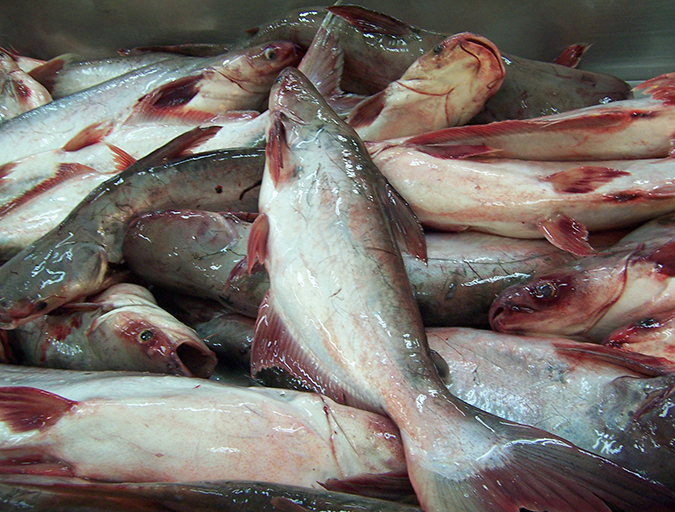
Intelligence
Risk v. hazard: A dispassionate look at pangasius
Vietnam’s pangasius industry captivated the global seafood industry, environmental organizations and the mass media. A scientific look at harmful substances detected in exported fillets and the reporting of the associated health risks through the media finds wide disparities.
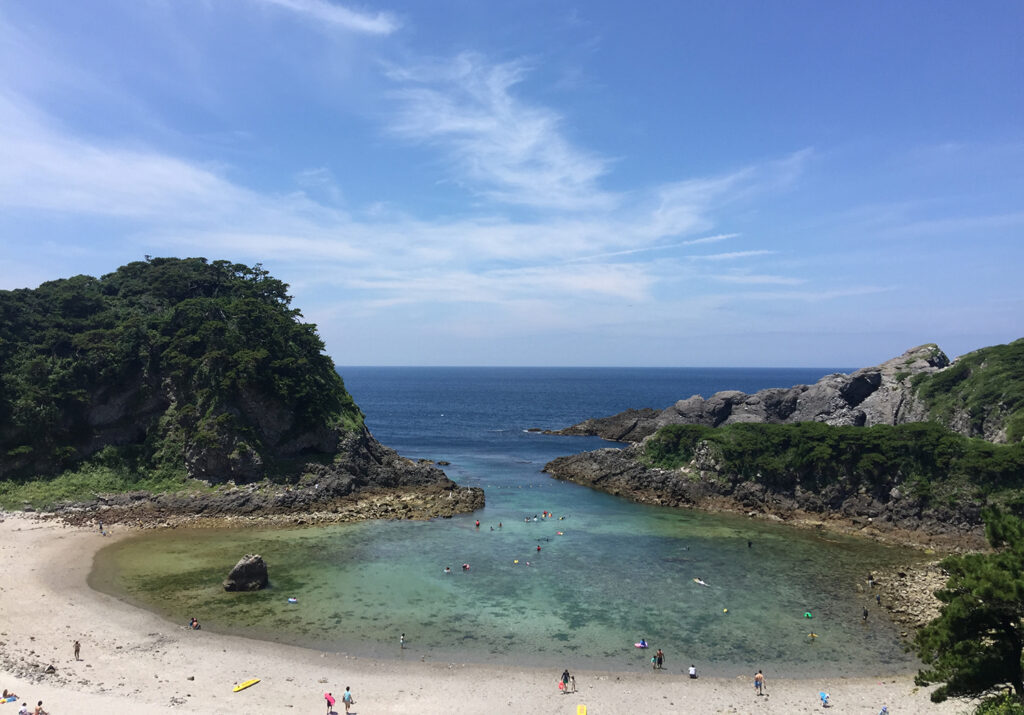
Responsibility
Is a Japanese volcano offering us a sneak preview of ocean acidification?
Shikinejima is a scenic getaway for tourists but the seas surrounding its volcano offer a glimpse of how the ocean could behave in the future.
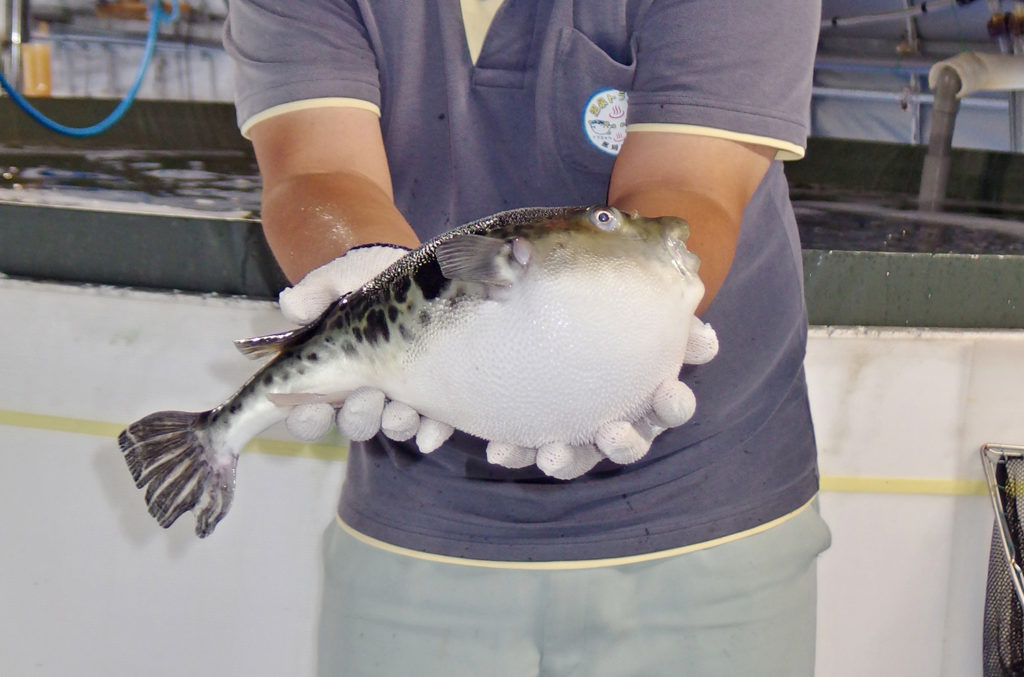
Intelligence
In Japan, tiger puffers find themselves in hot water
A technique to farm tiger puffers in hot spring water was invented to revitalize the town of Nasu-karasuyama and is now spreading to other areas of Japan.
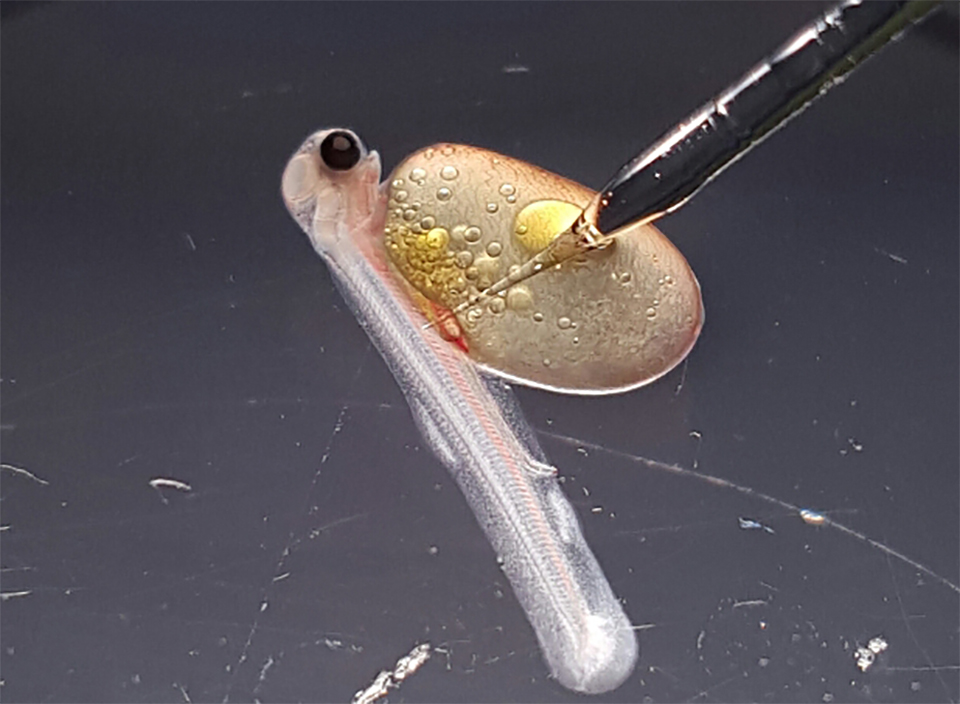
Responsibility
In Japan, aquaculture is deployed in the defense of endangered species
Tokyo University researchers have learned to spawn fish from germline stem cells in vitro, a method that can be deployed to help endangered species.


